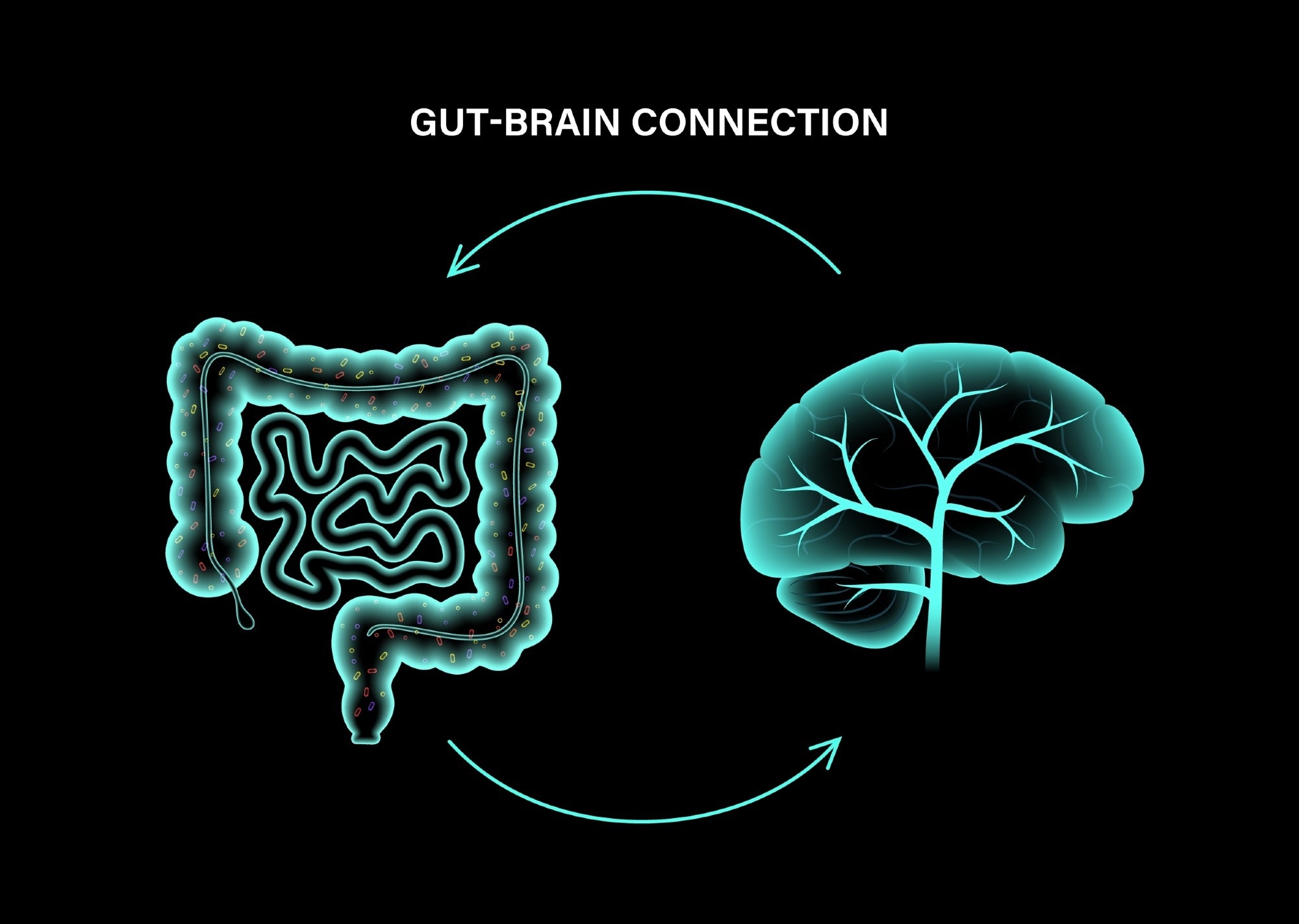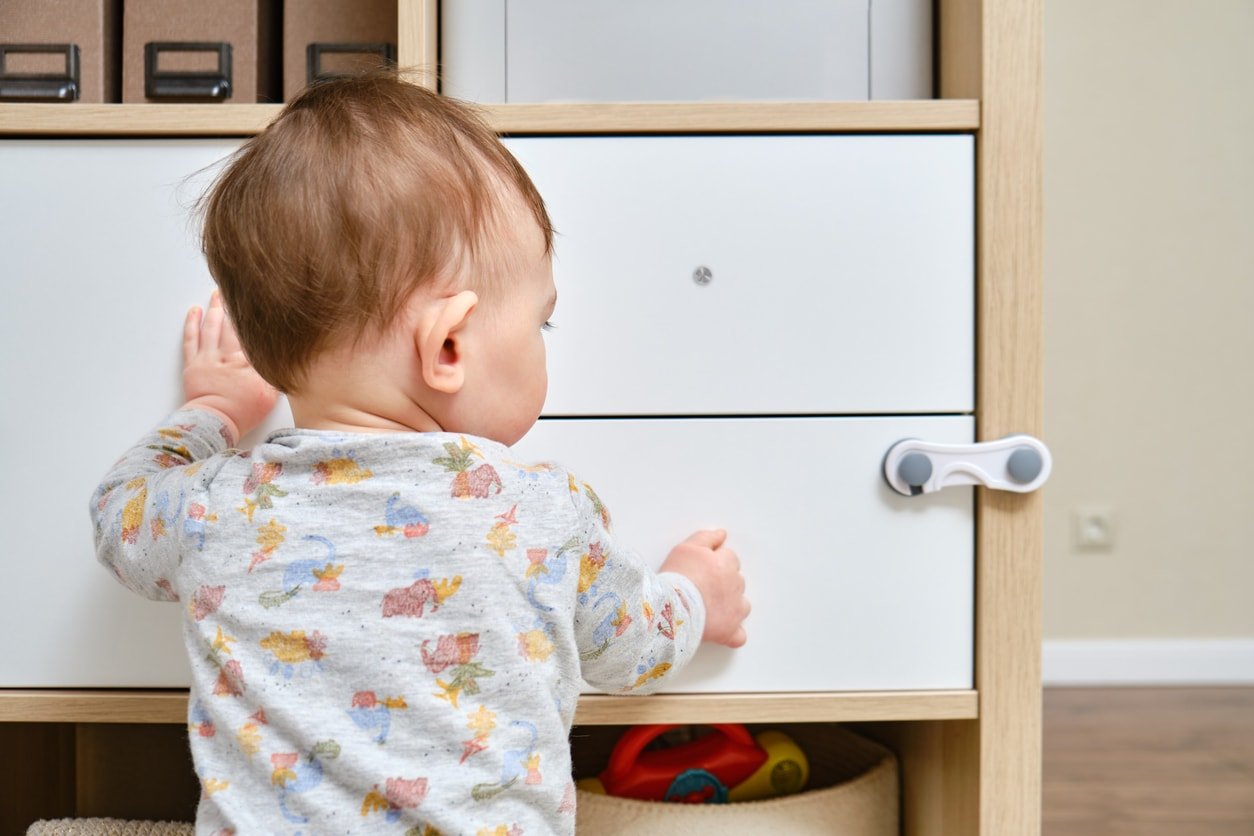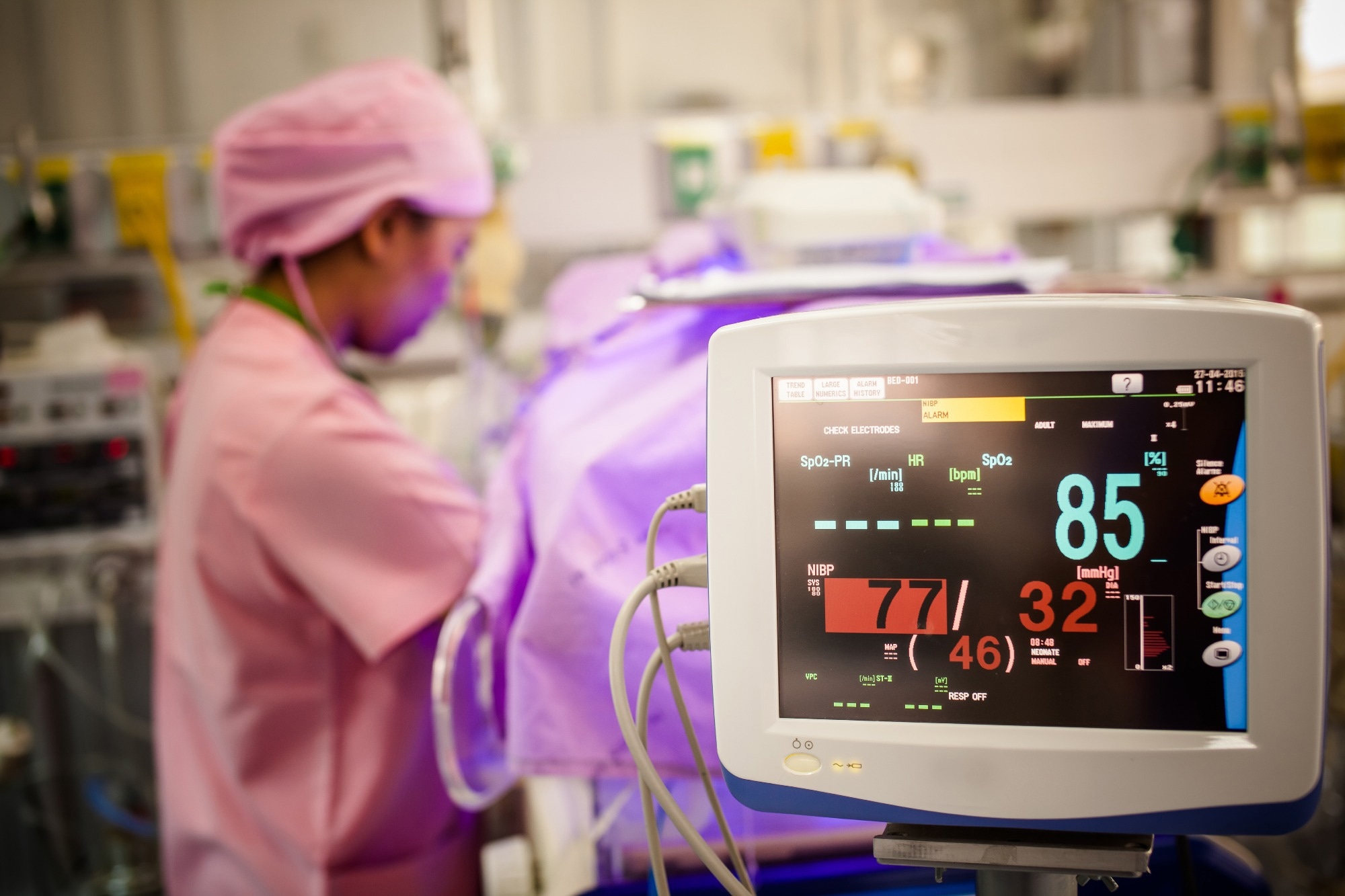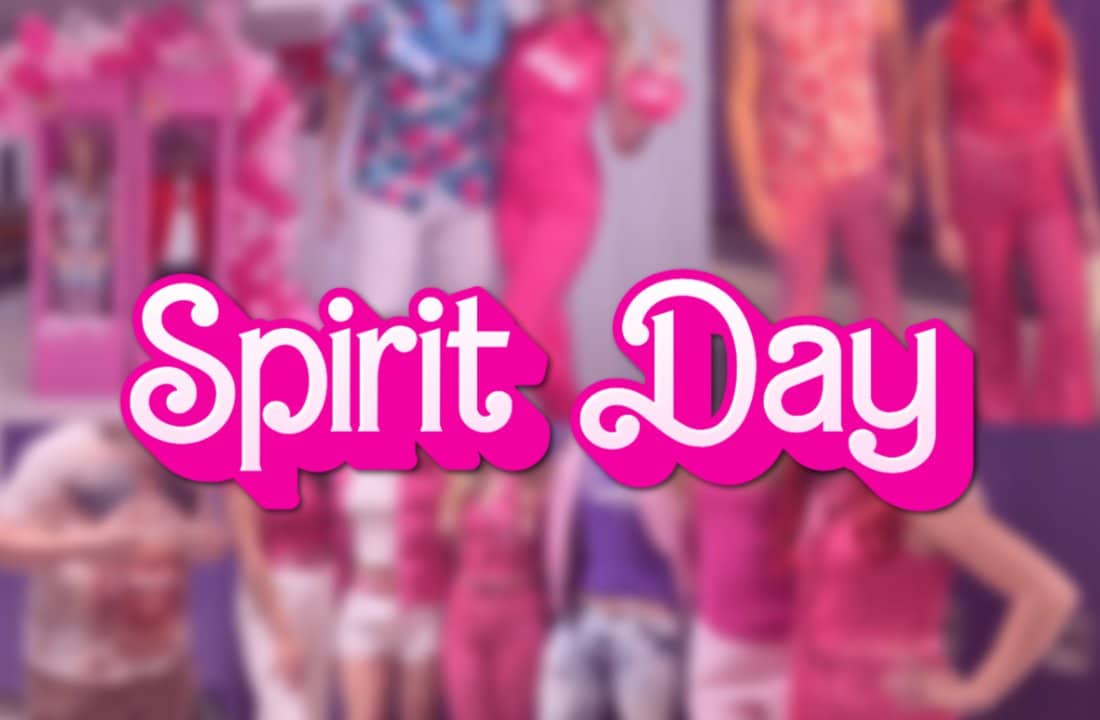Weighing in at just a little more than a pound, it is a marvel to see. It has two distinct surfaces—the spongy, blood-soaked side that was attached to your uterine wall before delivery, and the smooth and shiny vascular side from which the remarkably firm but pliant umbilical cord sprouts, attached to your baby.
You may have found yourself wondering, What in the world? It’s so big! (And bloody!)
Emerging from you, and definitely not looking like a baby, your first inclination might have been to think, Wow, something else I made! And even though you did indeed carry this amazing other “being” in your womb for ten months, you would be incorrect in thinking it came from you.
The placenta is your baby’s organ
The first organ to develop after conception, the placenta is a product of your baby—not you, mama.
At conception, your baby began life as a single cell slightly smaller than the period at the end of this sentence. During the very first cell divisions, some cells formed the embryo, and others formed the placenta. The resulting ball of cells containing placental cells and embryonic cells all had one common origin before they implanted into your womb—your baby’s genes.
Not only is it amazing to realize that the placenta is actually part of your baby, to think about what it was tasked with to ensure your baby developed in order to thrive after they were born is equally as mind-blowing.
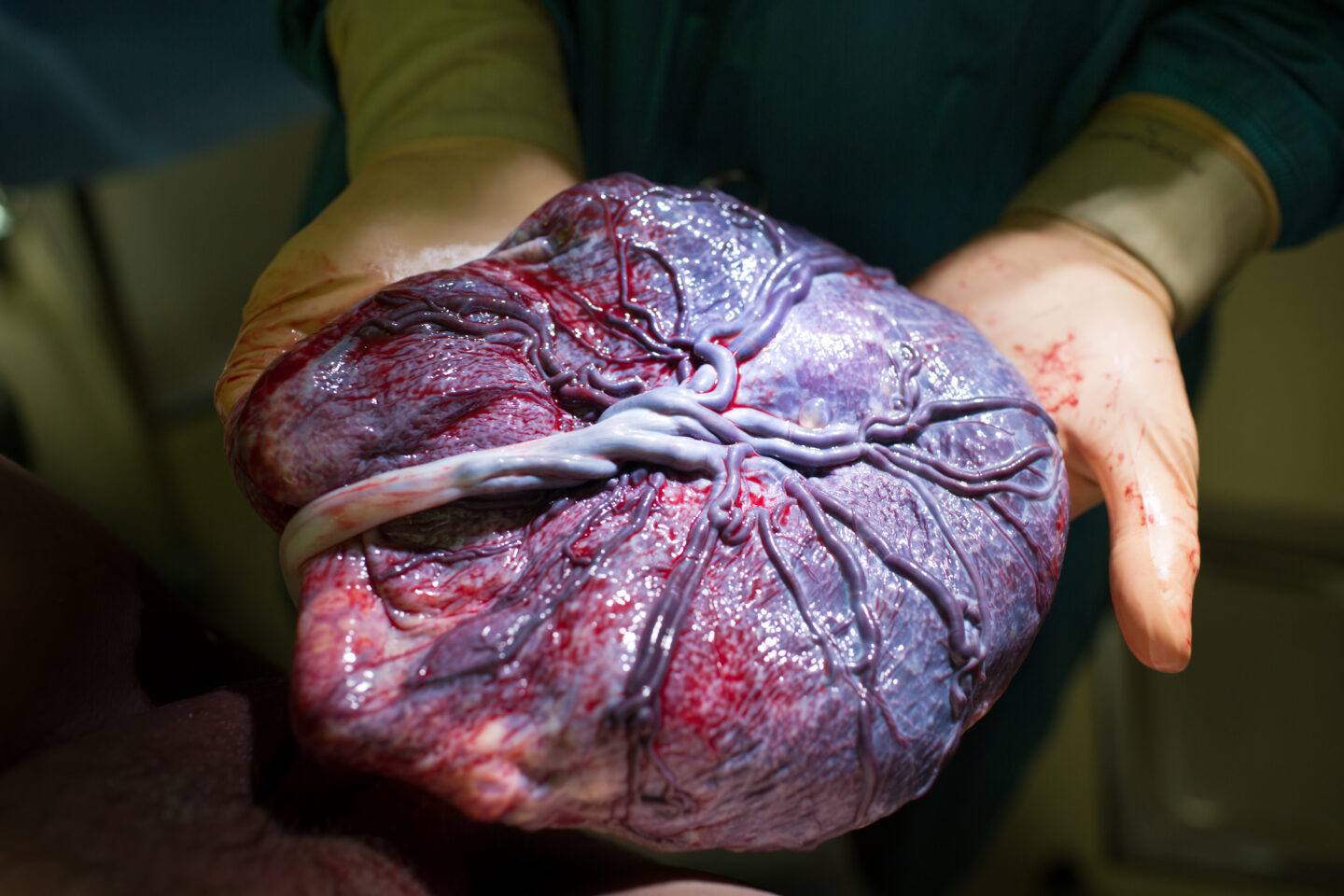
How does the placenta form?
The placenta develops quickly because it has to do the jobs of other developing organs until they become fully functional. Less than a week after conception, specialized cells on the surface of the embryo produce hormones that alert your body to the presence of your baby and allow it to burrow into your uterine wall, kicking off a cascade of events resulting in branches of capillaries from your baby intermingling with your own arterial blood supply. Two or three weeks later, those branches began to fill with support cells and blood vessels.
By the time you realized you were pregnant, the mature configuration of these structures, now known as chorionic villi, was established and ready to go to work. Your blood flow to the placenta began around 12 weeks after conception, at a rate of about 16 ounces (half a litre) every minute. And over the course of ten months, the placenta develops a vascular network over 300 miles (500 km) in length!
What does the placenta do?
The placenta is your baby’s life-support system before birth, whose principal function is to supply them, and their brain in particular, with oxygen and nutrients.
According to Dr. Yoel Sadovsky, leading placental researcher and director of Magee-Womens Research Institute (MWRI) in Pittsburgh, “the placenta serves as the lung, the kidneys, the liver, the endocrine system… and is essential for immune defense of the baby.”
The placenta serves several functions:
- Like the liver, it metabolizes nutrients
- Like the lungs, it exchanges oxygen for carbon dioxide
- Like the kidneys, it excretes waste
- Like the gut, it generates energy
- Like the endocrine system, it produces hormones
- Like the immune system, it defends against infections and rejection
The placenta could be viewed genetically as your baby’s twin, since both arose from a single fertilized human egg and have identical genes. As a matter of fact, some cultures treat the placenta as the dead twin of the baby, giving this “tree of life” full burial rites.
Even though it may be the “afterbirth,” the placenta certainly is not an afterthought.
This magnificent and humble organ not only is key to establishing life inside your womb, but also in ensuring that life outside your womb will be possible for your baby. It’s no wonder the National Institute of Child Health and Human Development (NICHD) established The Human Placenta Project to bring together scientists and engineers from all over the world to further understand the “mystery, miracle and science of the placenta.”
Sources:
Burton G, Fowden A. The placenta: a multifaceted, transient organ. Philosophical Transactions of the Royal Society B: Biological Sciences, 2015 March; 370(1663). doi:10.1098/rstb.2014.0066
Young SM, Benyshek DC. In search of human placentophagy: a cross-cultural survey of human placenta consumption, disposal practices, and cultural beliefs. Ecol Food Nutr. 2010 Nov-Dec;49(6):467-84. doi: 10.1080/03670244.2010.524106. PMID: 21888574.
The post Where does the placenta come from? We didn’t know either appeared first on Motherly.

 PARENTING TIPS
PARENTING TIPS







 PREGNANCY
PREGNANCY








 BABY CARE
BABY CARE








 TODDLERS
TODDLERS








 TEENS
TEENS








 HEALTH CARE
HEALTH CARE







 ACTIVITIES & CRAFTS
ACTIVITIES & CRAFTS








 CONTACT
CONTACT ABOUT
ABOUT

